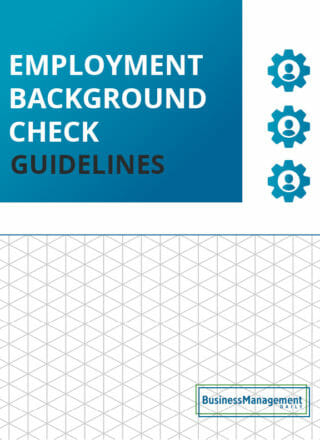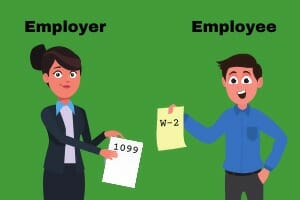1099 Forms and Independent Contractors
The Internal Revenue Service (IRS) tracks income taxpayers receive from sources like employment and self-employment. It does this because it relies on taxpayers to voluntarily provide accurate information to calculate income taxes owed. To keep taxpayers honest, the IRS requires employers and other income sources to send it income information. The IRS receives W-2 forms from employers detailing income and 1099-MISC forms from others detailing non-employer income. It also receives 1099-INT forms from those who earn interest income.
What are 1099 forms?
1099-MISC forms are provided by the IRS. Those who provide non-employee income are required to do two things: First, send a copy to the IRS with income information. Second, send a copy to the individual or entity that received that income. You must send 1099-MISC forms for various payments of $600 or more. Covered payments include rents, services provided by someone not your employee, prizes and awards, and payments to an attorney.
Who gets a 1099 form?
1099-MISC forms go to independent contractors, partnerships and other entities with whom you contract for services, among others. The IRS has extensive guidance on who must send and receive a 1099-MISC. By January 31 of each year, you must provide a copy of the 1099-MISC form to the income recipient – that is, to the independent contractor, partnership or other entity that you paid.
How do you file 1099 forms?
You can obtain 1099-MISC forms from the IRS here. Note that if you will be mailing the forms to the IRS, you must order hard copies from the IRS. If you want to file them electronically, follow the directions at the link above.
Does the 1099 form prove independent contractor status?
No. Simply providing a 1099-MISC form to the IRS and the individual isn’t proof that the individual is an independent contractor. You must still have properly classified the contractor under IRS rules. An individual is an independent contractor if the payer has the right to control or direct only the results of the work. He cannot direct what will be done and how it will be done. You should consider all evidence of the degree or control and independence in the relationship. The IRS looks at three categories to classify a worker as an independent contractor or an employee. They are behavioral control, financial control and relationship perception. You can review detailed IRS guidance on who is an employee and who is an independent contractor at the IRS website.























